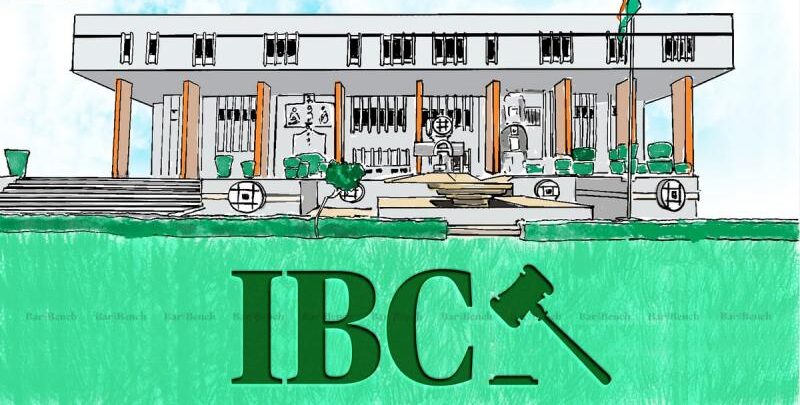
India brought a major structural change in its insolvency laws with the enactment of the Insolvency and Bankruptcy Code, 2016 (hereinafter the IBC or Code) which was enacted to consolidate and amend the law on insolvency, revival and liquidation of companies, limited liability partnerships, and individuals. Its enactment repealed the Presidency Towns Insolvency Act, 1909 and Provincial Insolvency Act, 1920 and amended eleven other statutes including Sick Industrial Companies Act, 1985, Securitisation and Reconstruction of Financial Assets and Enforcement of Security Interest Act, 2002 (SARFAESI Act), Recovery of Debt and Bankruptcy Act, 1993 and the Companies Act, 2013.
This legislation created a regularised and time bound mechanism for reorganisation and insolvency resolution which was marred by the presence of multifarious statutes creating a chaos and multiplicity of proceedings.
An effective insolvency resolution system can be such a powerful tool as it keeps viable business operating and inhibits premature liquidation of sustainable businesses. Therefore, it forms an important part of the Ease of Doing Business Index (hereinafter EODB), which is a ranking system established by the World Bank Group. The EODB presents quantitative indicators on business regulation and it covers twelve areas covering-starting business, dealing with construction permits, getting credit, paying taxes, protecting minority investors, trading across borders, enforcing contracts and resolving insolvency. All these indicators are used to analyse economic outcomes and identify the reforms pertaining to businesses which were successful.
In the EODB index, ‘higher rankings’ (a lower numerical value) indicate better, usually simpler, regulations for businesses and stronger protections of property rights. In the 2020 edition of the report, of the190 economies, India’s ranking jumped 56 places to 52 in 2019 from 108 in the year 2018. One of the major contributors for improving its EODB ranking was the improved insolvency resolution process. The establishment of a modern insolvency regime in 2016 as part of a comprehensive strategy to reform corporate law paved the way for gradual increase in the number of reorganizations, despite some implementation challenges. Although this was quite paradoxical to the observation made by the World Bank, that the least reformed area of the parameters mentioned in the index was resolving insolvency.
The World Bank measures the perception of stakeholders with respect to “resolving insolvency” on two parameters, namely, the strength of insolvency framework and the recovery rate. In addition, it evaluates the quality of legal framework applicable to judicial liquidation and reorganization proceedings and the extent to which best insolvency practices have been implemented in each of the economies.
According to the latest newsletter of Insolvency and Bankruptcy Board of India (IBBI), “They are resolving when default is imminent, on receipt of a notice for repayment but before filing an application, after filing application but before its admission, and even after admission of the application, and making best effort to avoid consequences of the resolution process.” The very threat of the corporate debtor that the management and the control will shift to another person is what making this success happen which directly has a link with the growth of the economy.
According to the newsletter, 27,514 applications for initiation of CIRPs (Corporate Insolvency Resolution Process) of Corporate Debtors (CDs) having underlying default of Rs 9,74 trillion were withdrawn before their admission till October 2023.
Till December 2023, IBC has helped in rescuing 3,050 CDs – 891 were through resolution plans, 1,124 through appeal or review or settlement, and 1,035 through withdrawal. According to the New Indian Express Report, the resolution of these cases has led to the recovery of 3.2 lakh crore, accounting for 32 per cent of the admitted claims by banks and financial institutions.
Recently, the Supreme Court has also upheld the constitutionality of various provisions pertaining to Personal Guarantors (PGs) under the IBC.
According to the IBBI Chairperson Ravi Mital, “With 2,467 insolvency applications filed against PGs, involving debts exceeding Rs 1.71 trillion as of December, 2023, the clarification of the SC on the obligations of these guarantors under the IBC significantly enhances creditors’ chances of recovering these dues”. The ultimate goal of this piece of legislation that is maximisation of the valuation of the assets in a time bound manner remains intact till date. India is now, by far, the best performer in South Asia on resolving insolvency and is doing better than many OECD high-income economies in terms of recovery rate, time taken and cost of proceedings.
Faculty of Law, National University of Study and Research in Law Ranchi